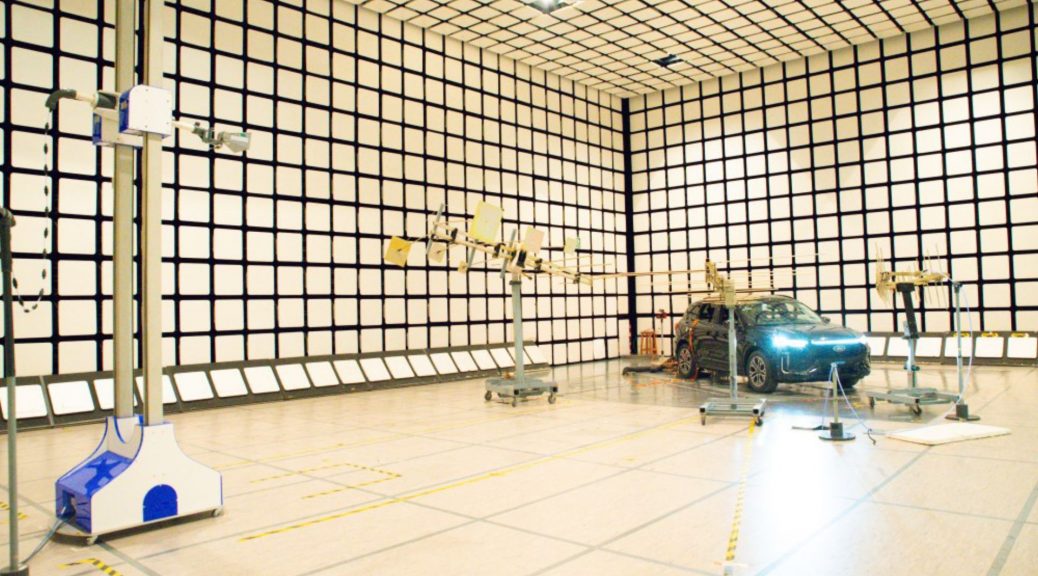- Applus Laboratories and Rohde & Schwarz have showcased the integration of eCall testing in an electromagnetic compatibility (EMC) test environment.
- The demonstration was carried out with a vehicle installed in an EMC test chamber. It implemented various eCall test scenarios and capabilities in line with the specifications of the UN ECE R10 standard, which regulates EMC aspects in the automotive sector.
As part of the planned update to the UN ECE R10 standard, different eCall testing immunity scenarios had been developed to enhance the safety of drivers, passengers, and other road users. Compliance with UN ECE R10 is crucial for vehicles equipped with eCall systems and ensures the systems do not interfere with other electronic components in the vehicle and are not affected by external electromagnetic interference.
Applus Laboratories is the European specialist for EMC testing at both the component and vehicle levels, offering large EMC chambers dedicated to full-vehicle testing. The company approached Rohde & Schwarz to help with a demonstration of eCall testing in their EMC facilities. The demonstration utilized the R&S CMW500 cellular network emulator, along with the R&S CMW-KA09x eCall test software simulation and a Public Safety Answering Point (PSAP).
The R&S CMW-KA09x eCall test software supports 2G, 3G, 4G and 5G based emergency call systems and can be used to test eCall with Long-Term Evolution (LTE) and 5G NR (Next Generation eCall or NG eCall). The software facilitates eCall compliance testing in line with the EU eCall, NG eCall, UN-R144 and other national standards. A real car was used to test an eCall system in an EMC hall. The main objective was to showcase different scenarios for integrating eCall testing capabilities in an EMC test environment by making accident emergency calls with a test vehicle without making false 112 calls.
During the demo, an immunity test was conducted in a radio anechoic chamber at Applus+ in Spain and radio interference was introduced. The test confirmed the feasibility and ease of establishing an emergency call between the automobile and simulated PSAP server with the R&S CMW500 eCall test solution. The minimum set of data (MSD) was successfully transmitted from the test vehicle to the R&S CMW500 without any data loss. Voice communication was established between the vehicle and the test solution with clear audio quality and the vehicle’s received GNSS position was accurately transmitted.
.






